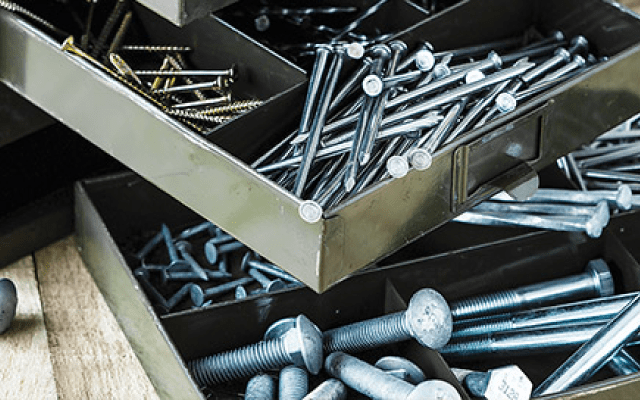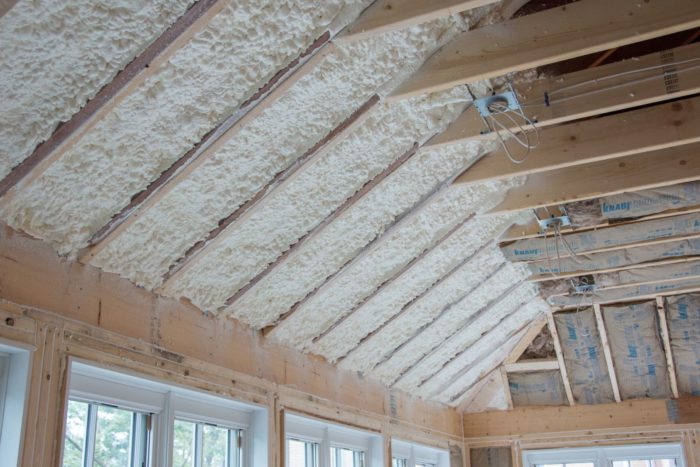When it comes to roofing solutions, metal roofing has gained immense popularity due to its durability, energy efficiency, and aesthetic appeal. However, a common question arises among homeowners and contractors alike: Can you overlap metal roofing too much? This inquiry delves into the intricacies of metal roofing installation, specifically focusing on the implications of excessive overlapping. In this article, we will explore the optimal practices for overlapping metal roofing, the potential pitfalls of overdoing it, and how to achieve a balance that ensures both functionality and longevity.
Understanding Metal Roofing Overlap
Metal roofing panels are designed to interlock, providing a seamless barrier against the elements. Overlapping is a critical aspect of this installation process, as it helps to prevent water infiltration and enhances the structural integrity of the roof. Typically, metal roofing panels are overlapped at the edges, with a recommended overlap of at least 1 to 2 inches, depending on the specific type of metal and the manufacturer’s guidelines.
The Risks of Excessive Overlapping
While overlapping is essential, it is crucial to understand that too much overlap can lead to several issues:
- Weight and Structural Stress: Excessive overlapping can add unnecessary weight to the roofing system. This additional weight can strain the underlying structure, potentially leading to sagging or even structural failure over time.
- Thermal Expansion Issues: Metal roofing materials expand and contract with temperature fluctuations. Overlapping panels too much can restrict this natural movement, leading to warping, buckling, or even tearing of the panels.
- Aesthetic Concerns: Aesthetically, too much overlap can create an uneven appearance, detracting from the visual appeal of the roof. This can be particularly problematic in residential settings where curb appeal is a significant factor.
- Increased Installation Costs: More material and labor are required for excessive overlapping, which can drive up installation costs without providing any additional benefits.
Best Practices for Overlapping Metal Roofing
To ensure a successful metal roofing installation, it is essential to follow best practices regarding overlap:
- Follow Manufacturer Guidelines: Always adhere to the specific recommendations provided by the metal roofing manufacturer. These guidelines are based on extensive testing and are designed to optimize performance.
- Consider Local Climate: The climate in your area can influence the amount of overlap needed. For instance, regions with heavy rainfall may require a more significant overlap to prevent leaks, while drier climates may not.
- Use Quality Materials: Invest in high-quality metal roofing materials that are designed for durability and performance. Cheaper materials may not hold up well under excessive overlapping.
- Consult with Professionals: If you are unsure about the appropriate overlap for your roofing project, consult with a professional roofing contractor. Their expertise can help you avoid common pitfalls and ensure a successful installation.
Conclusion
In conclusion, while overlapping is a vital component of metal roofing installation, it is essential to strike a balance. Overlapping too much can lead to structural issues, aesthetic concerns, and increased costs. By following manufacturer guidelines, considering local climate conditions, and consulting with professionals, homeowners can ensure that their metal roofing system performs optimally for years to come. Ultimately, understanding the nuances of metal roofing overlap will empower homeowners and contractors alike to make informed decisions that enhance the durability and beauty of their roofs.

